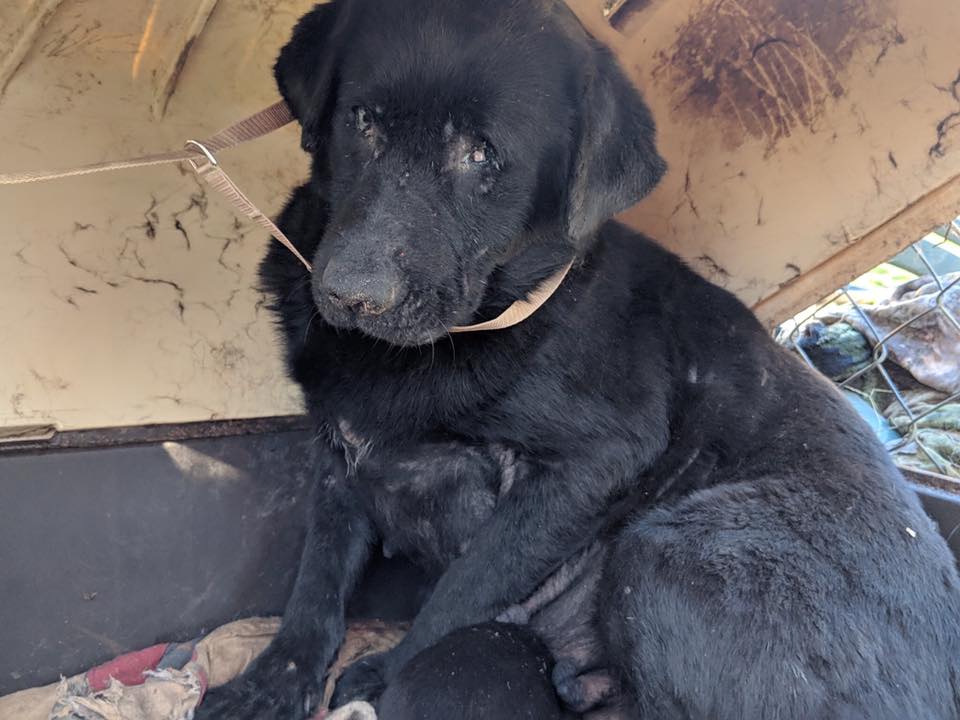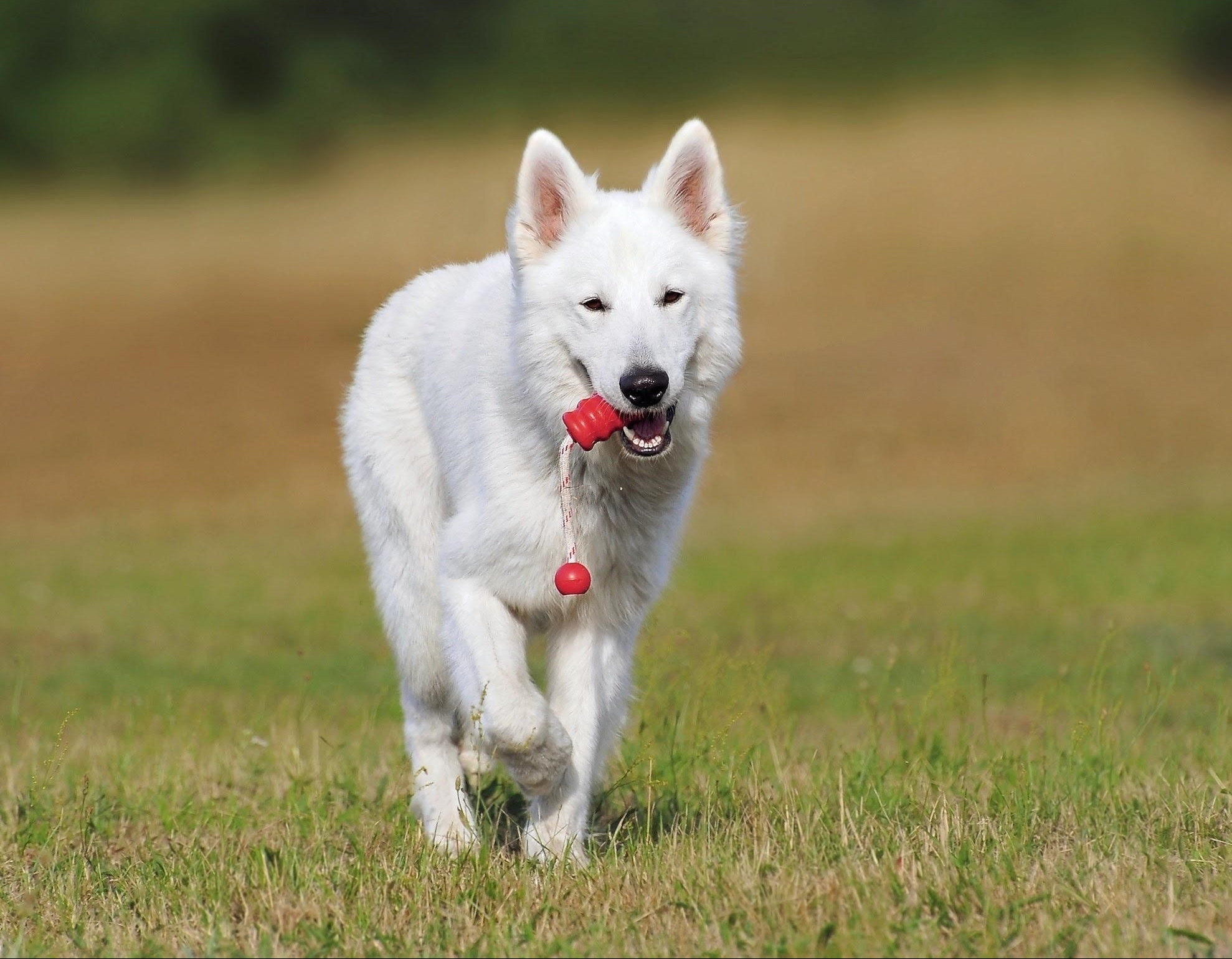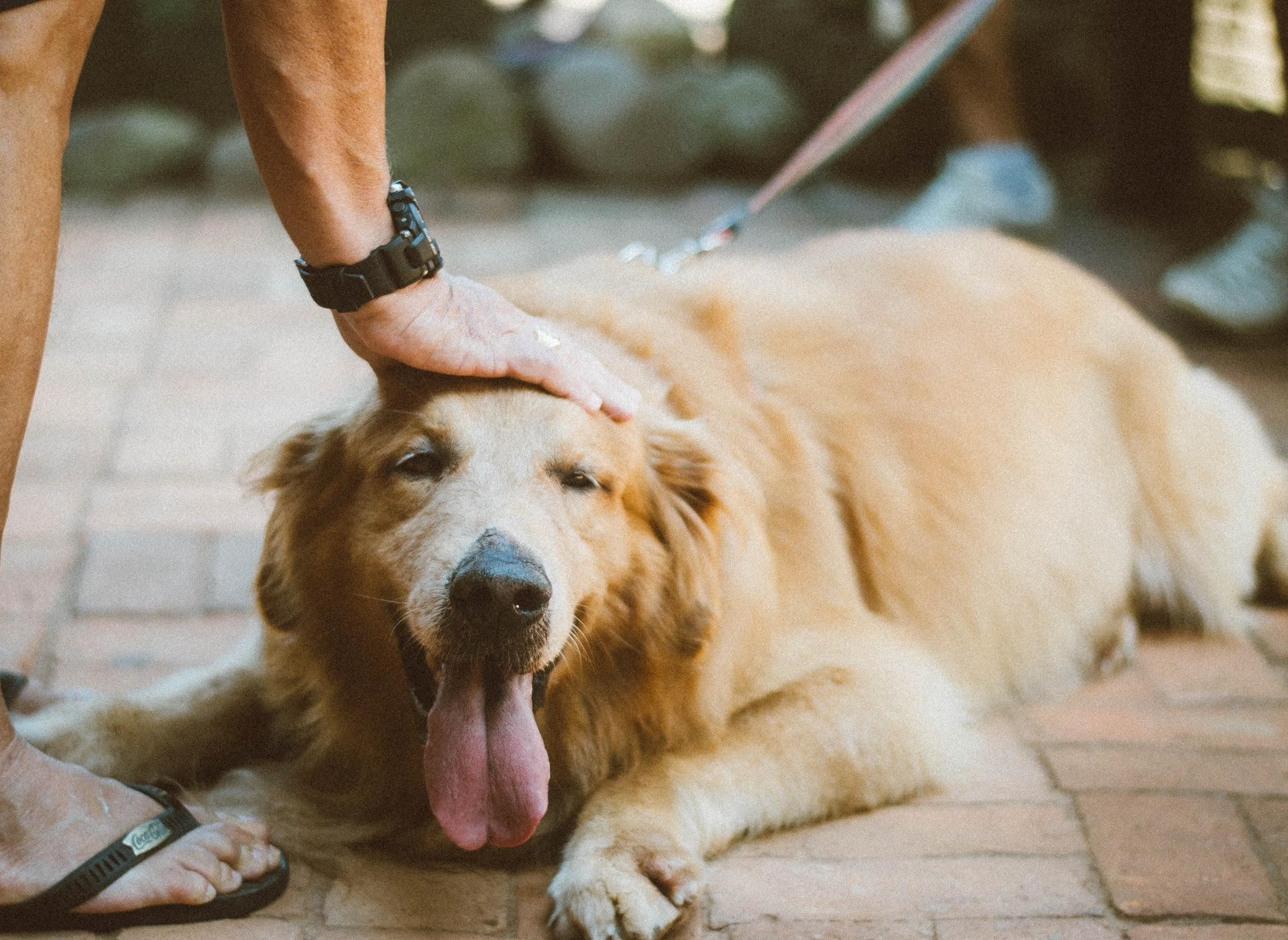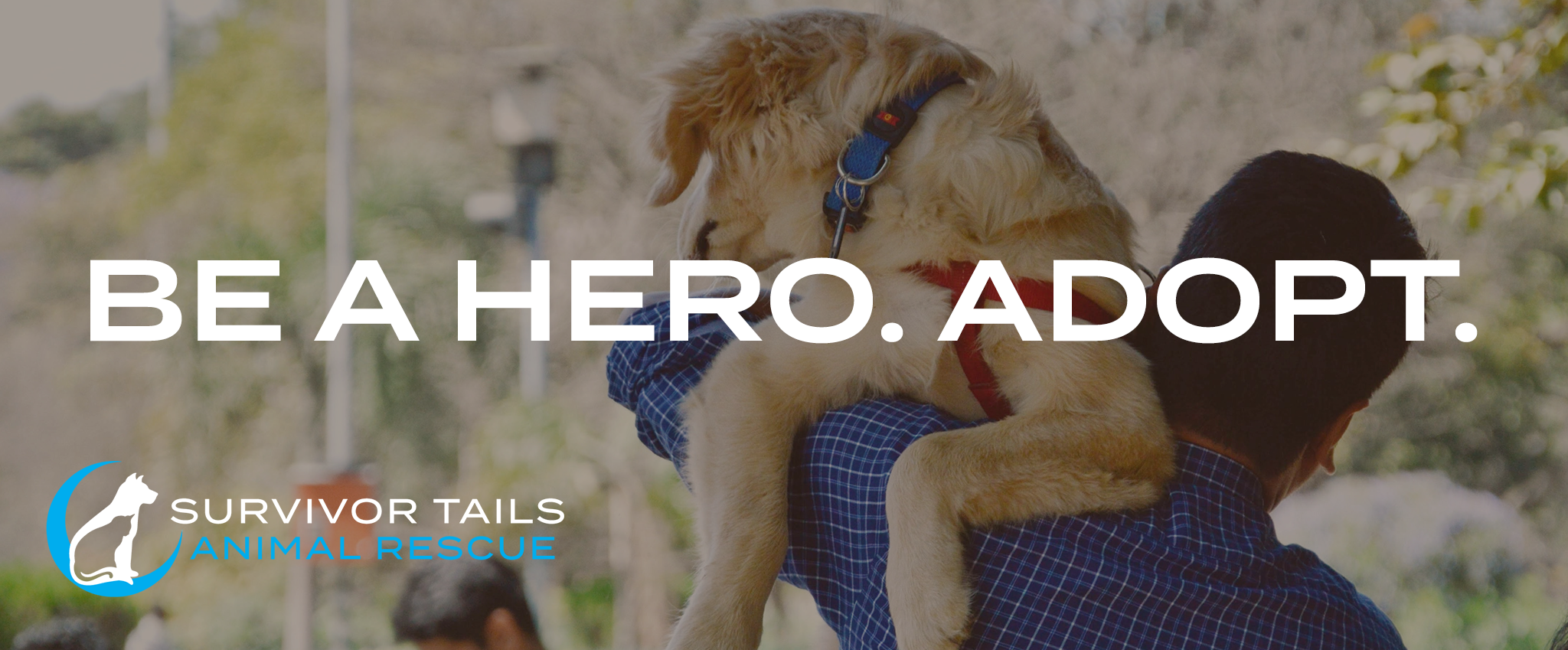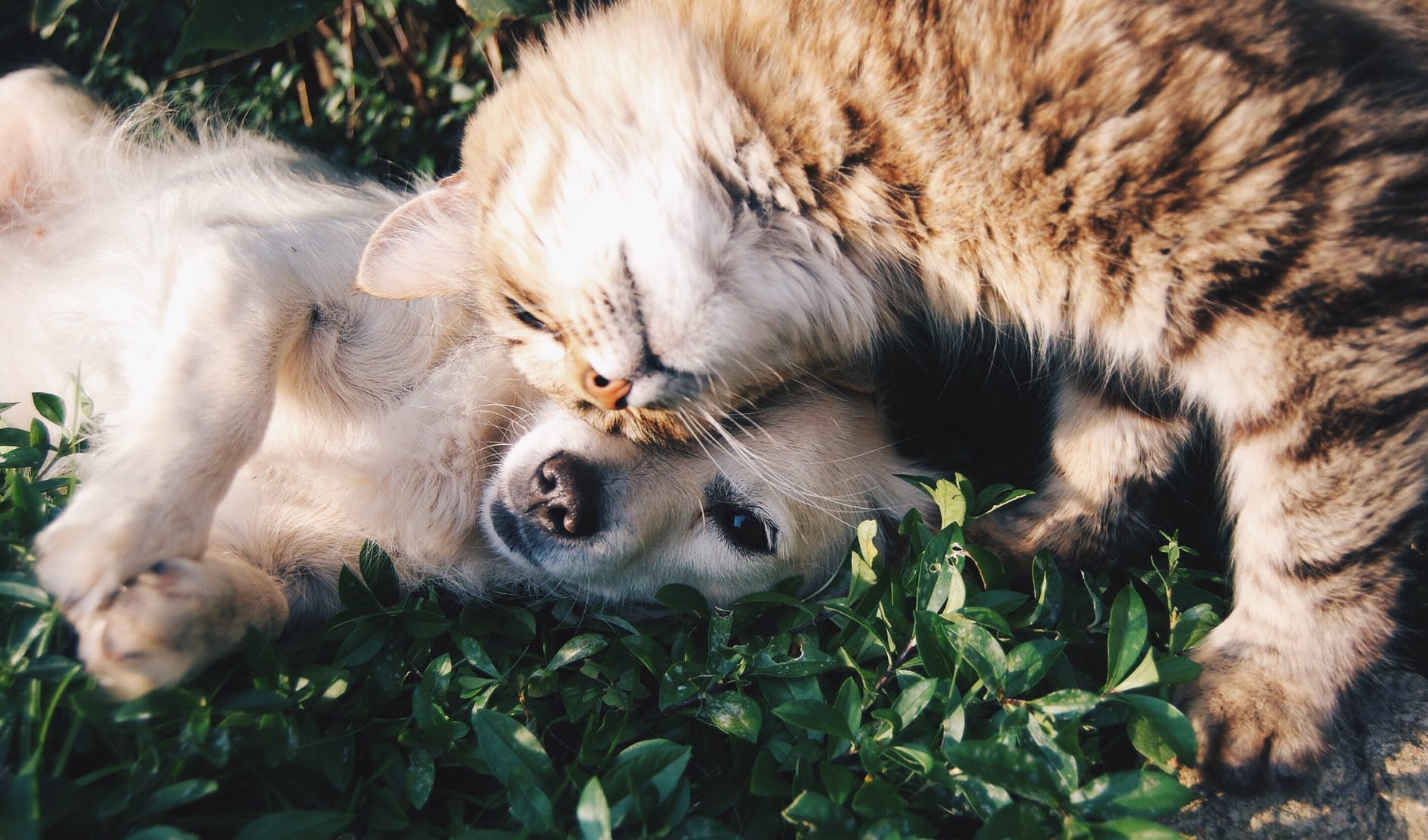Now that spring has officially sprung, summertime festivities are here! Between the barbeques, games, and Fourth of July festivities, there are some important things to consider when it comes to your pets.
Be it extreme heat or excessive summer travel, warm weather can be especially tough on animals, so it is critically important to keep the unique summertime needs of your animals in mind.
To help ensure you and your furry companions get the most out of the summer’s beautiful weather, we’ve put together a list of helpful tips and considerations you can use to avoid common dangers. Take a look!
1. Avoid Exercising Pets in Hot Weather
While this may seem like an obvious hazard to avoid, sometimes, it can stay hot all day — making it difficult for us to keep our pets happy and healthy at the same time. During the hot summer days, walk your dog in the early morning or late evening, when the temperatures are not as hot and there is more shade available. On excessively hot days, keep walks and playtime short for everyone’s safety.
Moreover, pets react to heat in unexpected ways. For example, you probably know that dogs pant to cool themselves down, but did you know they also sweat through their paws? While the temps outside may cool down, that tar road that’s been soaking up heat all day can quickly exhaust your pet or burn their sensitive pads.
With this in mind, be sure to look out for common warning signs that your pet is overheating:
- Glassy eyes
- Hyperventilation
- Pale coloring
- Vomiting or diarrhea
- Erratic pulse/heartbeat

2. Know Your Pet’s Limits in Summer Heat
For those of us with new additions to the family it can be difficult to gauge how long an animal is comfortable spending time in the heat. When there are several animals to a household, it can also be difficult to recognize that some pets fair better than heat than others.
For example, dog breeds like German Shepherds or Akitas have a far shorter tolerance for heat than Pointers or Retrievers. The point is that like people, our pets have unique tolerances. Older or short-nosed breeds are also less tolerant of heat By keeping a close eye on their individual thresholds, you can ensure that your pets stay happy and healthy this summer.

3. Keep Fresh Water and Places to Cool Down Available
Again, while it may seem obvious, it is often overlooked. Keeping enough water and shade available for your pets is paramount to their well-being. All that panting and heavy breathing can dehydrate them quickly, so be sure to keep deep bowls of water out.
Additionally, it’s important to provide shaded areas where you pets can cool down. Considering the fact that animals regulate heat differently than we do, alternatives like fans won’t do the trick. Instead, consider tarps or tree shade and stay away from closed spaces like dog houses—which obstruct airflow and can make the problem worse.

4. Keep Your Pets in Mind When Traveling
Summer is the time for road trips, vacations, and lots of traveling. However, this can also mean dangerous situations for your pets. First, NEVER leave you pets alone in a car. In 70 degree weather, car temperatures can exceed 104 degrees — leaving pets at high risk of heat stroke. If you see a pet left alone in a hot car, take down the plate number and call either animal services or the police. In some states, Good Samaritan laws allow people to legally remove animals from vehicles, so be sure to check up on your state’s laws.
Summertime is also when the majority of us take our pets on hiking trips and adventures. With this in mind, pets are often in high-traffic areas like roads and parking lots, so always keep your pets on leashes until they’re safe from traffic and in a designated leash-free area. Also, be sure that your dog is microchipped and has a visible form of identification, like a tag or collar; this will greatly increase the chances of finding your dog if he or she does get lose or wander off.

[Image courtesy of Column Five.]
5. Keep an Eye on Your Pets During the Festivities
Summertime is the season for barbeques, pool parties, fireworks and more. However, these celebrations can be a stressful or dangerous time for your pets. First, summer is synonymous with flea and tick outbreaks. It’s virtually impossible to eradicate fleas, ticks, and other pests in your outdoor space, it’s important to get your pets on a regimen of preventative medications to limit their risk of fleas and Lyme disease.
Second, festivities are a stressful time for pets. If you’re thinking about attending a party or hosting one of your own, it may be best to keep your four-legged friend home and away from the commotion.
Additionally, the loud noises from fireworks are a common stressor for pets— which explains why more pets go missing on the Fourth of July than any other day of the year. With this in mind, consider keeping your pets indoors. If you know your pet gets anxious around loud noises, consider using a therapy blanket or vest designed to help calm dogs and lessen the stress of loud noises and sounds.

Interested in looking at local pets up for adoption? Visit the Survivor Tails website or check us out on Facebook!






